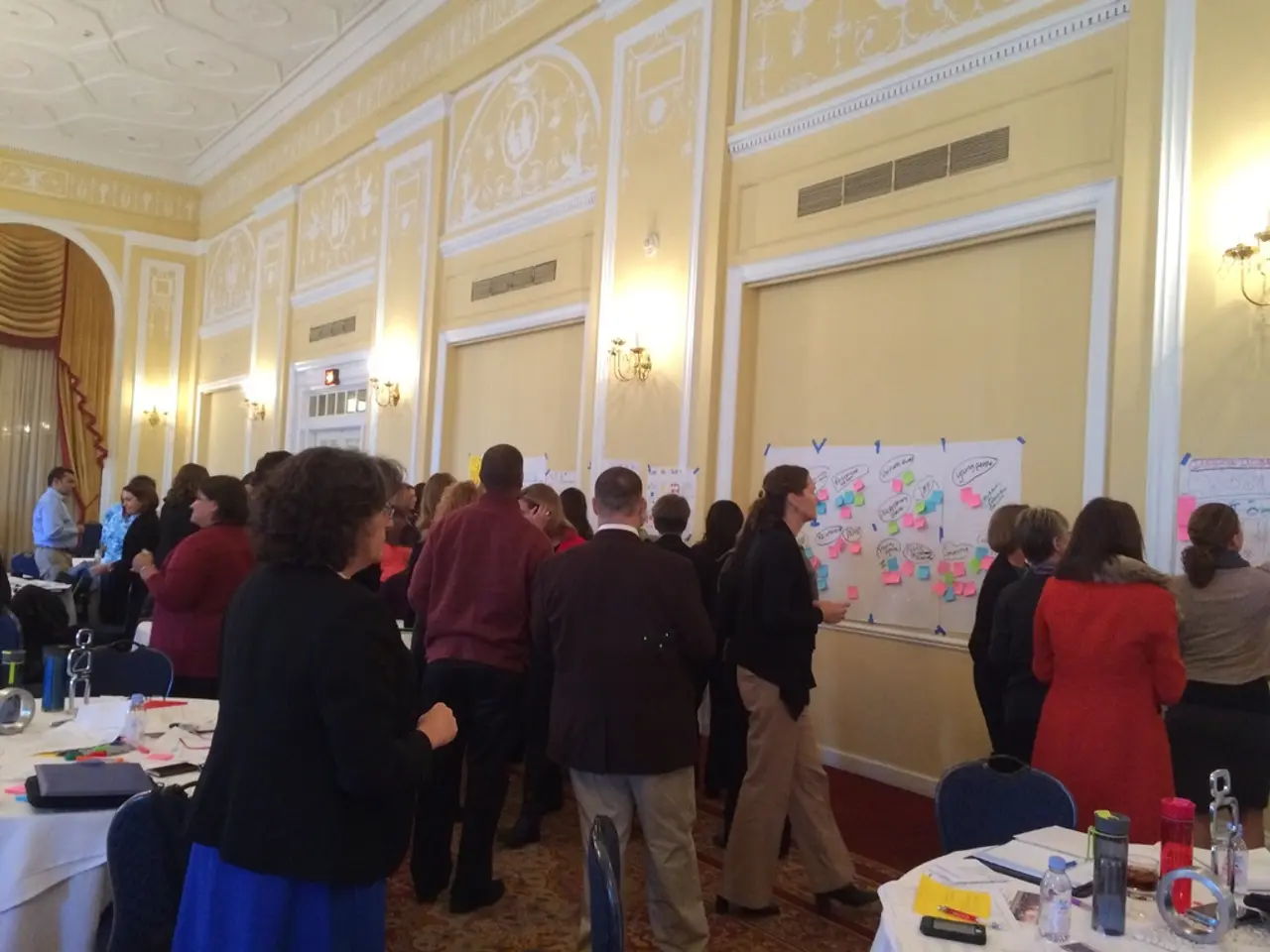Museum of Science and Technology, Bradford
In a significant stride towards Bradford's 2025 City of Culture status, AOC Architecture has completed a comprehensive masterplan to rejuvenate the National Science and Media Museum. The transformation aims to enhance the visitor experience, improve environmental performance, and boost cultural relevance.
The latest phase of the project introduces world-class, permanent galleries spanning two floors, showcasing photography, film, television, animation, video game, and sound technologies with innovative display methods. The new Sound and Vision Galleries cover 1,000 square metres and feature more than 500 objects.
The design also reimagines the main foyer and improves public access. A new double-height void connects the two gallery floors, while a lift links eight levels, enhancing spatial legibility and ease of movement within the building. This reconfiguration makes the museum foyer more inclusive and welcoming to visitors, cinema-goers, and those attending public events.
Inclusive design principles are at the heart of the project. AOC Architecture has worked closely with local access groups representing various audiences, including those who are blind or visually impaired, D/deaf, learning disabled, and neurodiverse. The project integrates multiple communication modes, ensuring that the museum is accessible to all.
Community collaboration has also been a key aspect of the redevelopment. Workshops involving young people, sixth form students, and Bradford Community Broadcasting have been held to incorporate local voices into the national collection and widen participation.
Environmental performance improvements are another significant feature of the masterplan. The redevelopment includes enhancements to the building’s environmental systems and back-of-house infrastructure, aimed at sustainability and long-term efficiency. The project aims to achieve net zero carbon emissions by 2033.
A fabric-first approach and extensive material reuse have been employed to minimize embodied carbon. The galleries are designed as calm, object-led environments, inviting visitors to explore the evolution from analogue to digital technology. The ceramic floor and timber-lined walls in the foyer enhance sound quality and visual warmth.
Fraser Muggeridge Studio is responsible for the graphic design of the project, while Artist Nayan Kulkarni collaborated with AOC on an interactive installation called Circus. The installation adds a playful and engaging element to the museum experience.
AOC Architecture’s masterplan repositions the museum as an accessible, dynamic, and environmentally responsible cultural destination that reflects and engages Bradford’s communities while preparing the site for the spotlight of 2025 as a UK City of Culture. Improved ventilation, LED lighting, and new services plant aim to reduce operational energy use, ensuring the museum remains a sustainable and efficient cultural hub for years to come.
- The new permanent galleries at the National Science and Media Museum, part of AOC Architecture's masterplan, showcase various technologies including photography, film, television, animation, video games, and sound.
- The project includes innovative display methods for science and media-related objects, spanning two floors and featuring over 500 items.
- In addition to technological advancements, the design reimagines the main foyer and improves public access, making it more inclusive and welcoming.
- AOC Architecture has integrated multiple communication modes to ensure the museum is accessible to all, including those with visual, hearing, learning, and neurological challenges.
- The community has been actively involved in the redevelopment process, with workshops held to incorporate local voices into the national collection and widen participation.
- Environmental performance improvements are a significant aspect of the masterplan, aiming to achieve net zero carbon emissions by 2033 through sustainable and efficient infrastructure updates.
- The masterplan positions the museum as a dynamic, accessible, and environmentally responsible cultural destination, preparing it for the 2025 UK City of Culture spotlight while promoting sustainable living and lifelong learning in technology, science, culture, home-and-garden, education-and-self-development, and environmental-science.




